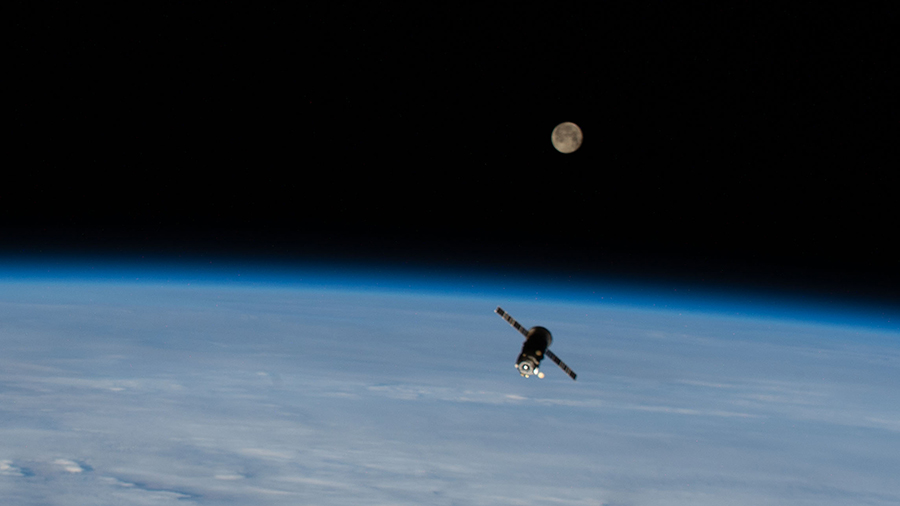Crew Ends Week on Human Research and Space Physics

The work week is wrapping up with biology and physics aboard the International Space Station. The Expedition 65 residents also maintained the upkeep of plumbing, computer, and power systems.
NASA and its international partners take advantage of the weightless environment of the orbiting lab to gain new insights unattainable due to Earth’s gravity. They use the knowledge from the long-term microgravity research to improve conditions for humans on and off the planet.
A new study recently delivered to the station aboard the SpaceX Crew Dragon Endeavour is exploring how the immune system adapts to microgravity. NASA Flight Engineer Megan McArthur set up hardware and samples for the Celestial Immunity investigation inside the Microgravity Science Glovebox today. Results may provide new vaccines and medicines for diseases on Earth and increase the potential for commercialization of space.
McArthur also joined fellow NASA Flight Engineer Mark Vande Hei logging their meals on a computer to help researchers understand the nutritional requirements for astronauts. Vande Hei spent most of Friday on maintenance replacing life support system components and swapping fuel tanks in the Combustion Integrated Rack.
Flight Engineer Thomas Pesquet of ESA (European Space Agency) partnered with Vande Hei for some of the life support work on Friday. Pesquet also transferred the AstroPi science computer to the Columbus laboratory module after joining NASA Flight Engineer Shane Kimbrough for orbital plumbing work in the Tranquility module. Additionally, Kimbrough spent a few hours installing power equipment and routing cables inside Tranquility before collecting and stowing his urine samples for later analysis.
Station Commander Akihiko Hoshide of the Japan Aerospace Exploration Agency started Friday in the Kibo laboratory module retrieving sample cartridges from the Electrostatic Levitation Furnace. The three-time space traveler finally wrapped up the workday turning off the Astrobee robotic free-flyers and consolidating crew provisions.
Cosmonaut Oleg Novitskiy, also a three-time space visitor, worked on Russian communications gear and power tools before exchanging samples for a semiconductor crystal study. Roscosmos Flight Engineer and first-time space flyer Pyotr Dubrov spent the day on plumbing and ventilation tasks in the station’s Russian segment.
from Space Station https://ift.tt/3xPOeO1
Comments
Post a Comment